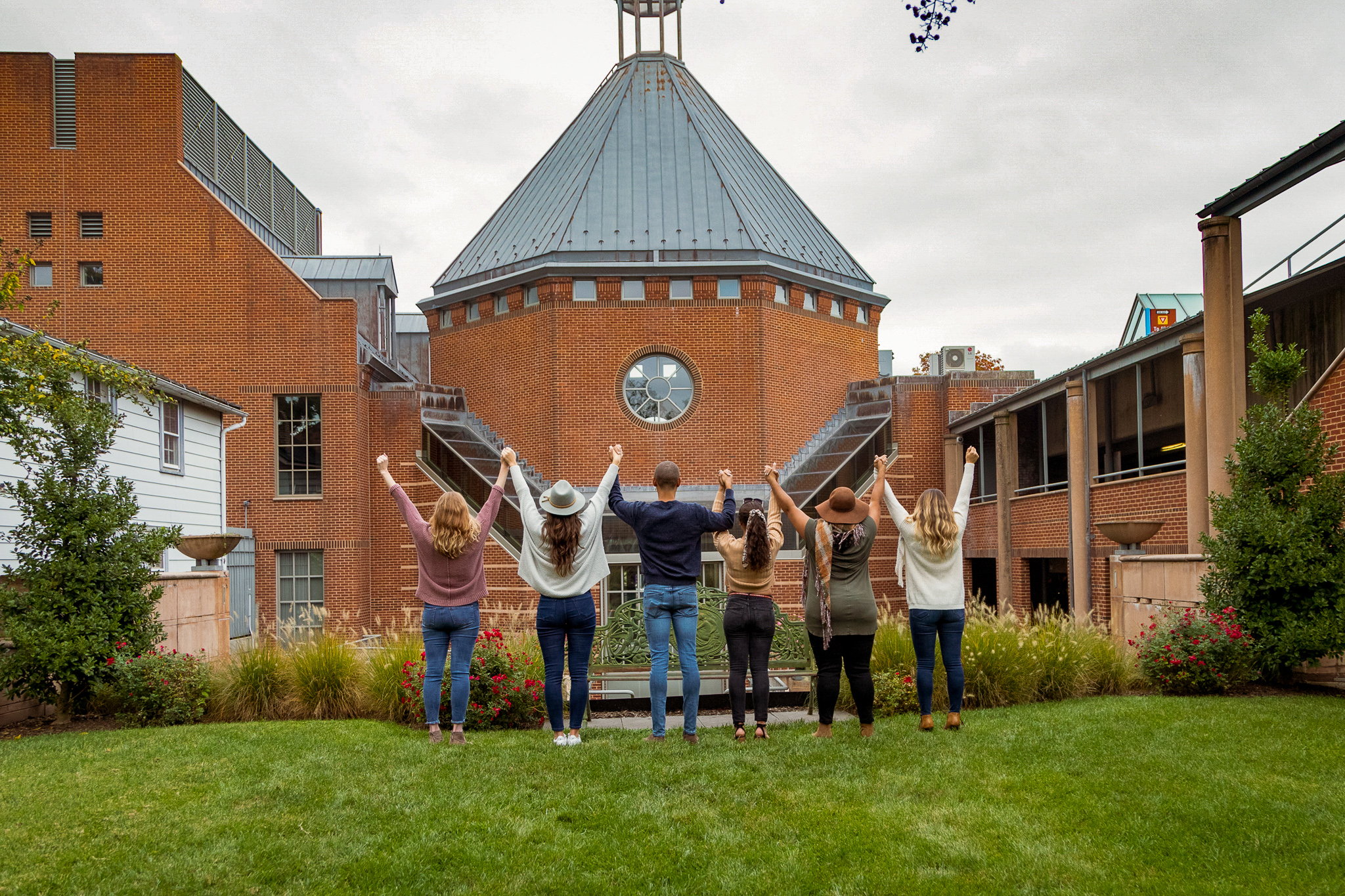 ';
view
';
view
February 4, 2021

February 4, 2021
Kate Reilly
January is National Slavery and Human Trafficking Prevention Month. The goal this month is to bring modern-day slavery that occurs quietly in our cities and towns to light. But what is modern-day slavery? Modern-day slavery is any form of forced human exploitation for labor or service. There are two main types: Human Trafficking and Labor Trafficking.
What is sex trafficking? Human trafficking is commercial sex acts induced by force, fraud, or coercion, or in which the person performing the act is under the age of 18. (For victims over 18,force, fraud, or coercion must be proven.)
What is Labor Trafficking? Labor trafficking is the use of force, fraud, or coercion to recruit, harbor, transport, or employ a person for labor services in domestic servitude, debt bondage, or slavery. Within this sort of trafficking, age is not important and adults and children are usually treated similarly.
Did you know that there are 25 different specified kinds of human trafficking? They are: Escort Services; Illicit Massage; Health & Beauty Services; Outdoor Solicitation; Residential Sex Trafficking; Domestic Work; Bars, Strip Clubs, & Cantinas; Pornography; Traveling Sales Crews; Restaurants & Food Service; Peddling & Begging; Agriculture & Animal Husbandry; Personal Sexual Servitude; Construction; Hotels & Hospitality; Landscaping; Illicit Activities; Arts & Entertainment; Commercial Cleaning Services; Factories & Manufacturing; Remote Interactive Sexual Acts; Carnivals; Forestry & Logging; Health Care; Recreational Facilities.
That’s quite a lot of different types, and the varying amounts might surprise you. In short, human trafficking exists across many different categories in our day-to-day lives, and it more than likely exists within your immediate community.
During 2021, consider becoming involved in our fight against local and national human trafficking! You can make an impact by doing one or all of the following to help us raise awareness and show your support:
Victims of modern-day slavery are often easy to miss in everyday life, but there are some things you can look out for that might alert you to a sex or labor trafficking situation. We call these Red Flags, and you can learn some of them below:
Raising Awareness WORKS! Consider the following story:
There was a Human Trafficking Awareness event hosted at a local school. During this event, a speaker shared various Red Flags to look for that might indicate someone was a victim of human trafficking. As a student sat there listening to these Red Flags, she found that her sister matched many of them. It was at that moment that she realized her sister was a victim of human trafficking.
The student became upset and went into the hall to process what she had just realized. A counselor intercepted her and when asked what was wrong, she found her voice. She shared that she believed, based on the presentation and Red Flags, that her sister was a victim of human trafficking. The right people were informed because of her awareness, and her sister was able to be helped. If her sister hadn’t been made aware of the signs, who knows what might have happened. Knowing the signs is the first step in becoming a Defender of Freedom against local human trafficking hiding in plain sight.
Here are five questions you can ask yourself to help identify a victim of human trafficking:
Making an impact in your community starts with YOU! Make it your 2021 mission to raise your voice and raise awareness. Hosting an event or have a story to share? We would love to hear from you. You can email us at info@reset180.com, message us on social media, or tag us in your efforts with the hashtag #Reset180. Let’s make it our goal to make a big impact in our fight against local human trafficking this new year!

